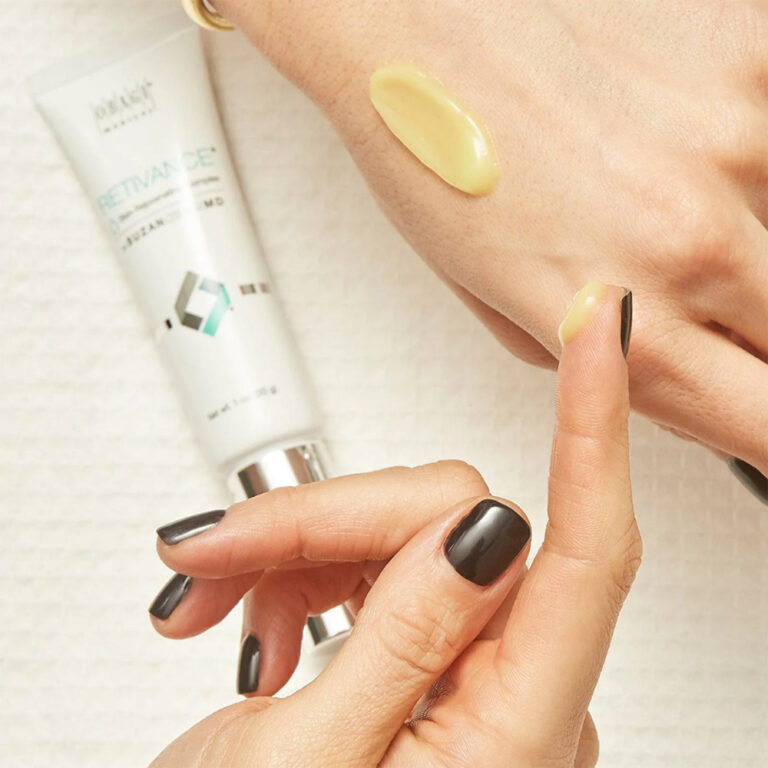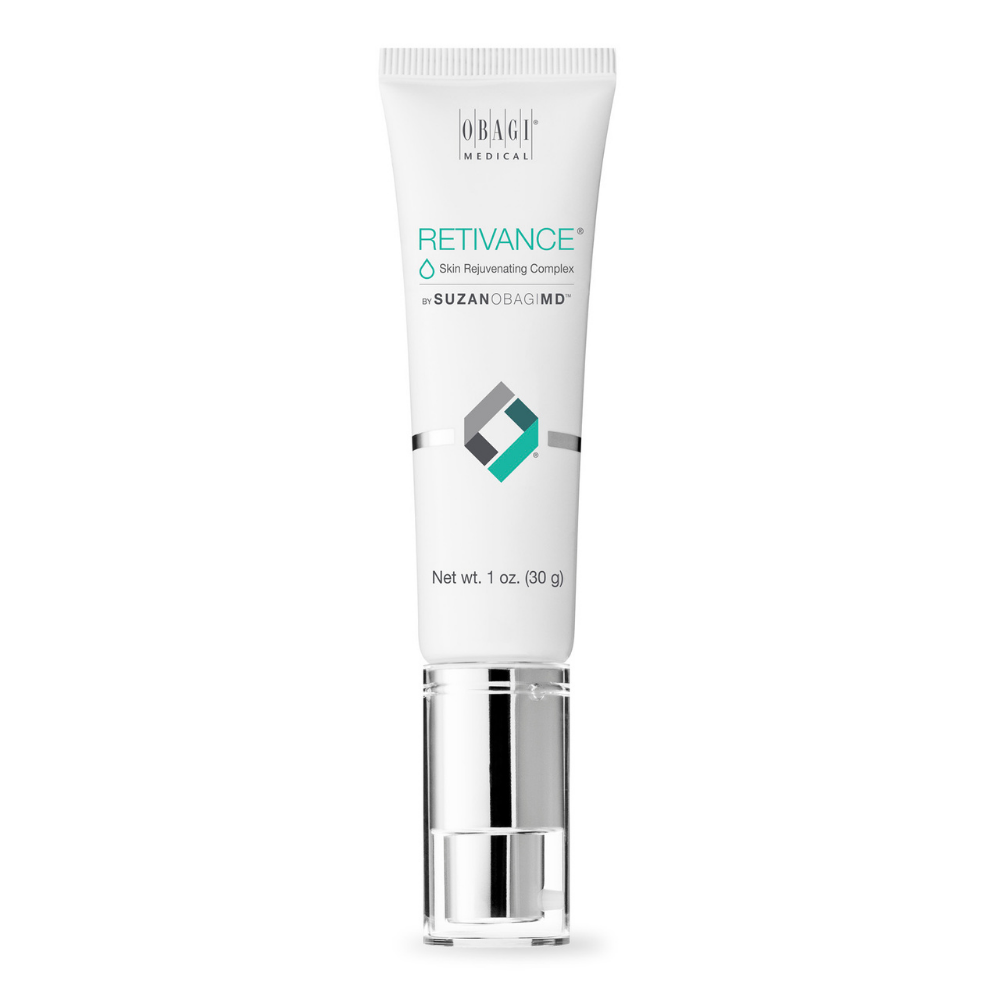
As we age, our skin naturally loses its elasticity and we start to notice signs of ageing such as a wrinkled neck or sagging of the skin.
Most of the time, the focus is on the skin on your face. However, your décolletage is an extension of your face, often forgotten but in need of the same attention and TLC! So when it comes to crepey skin around your decolletage, how can we avoid it? If we do get it, are there natural solutions to reduce it? Our team have you covered, with expert innovation in the skincare world backed by over 30 years of science and research, delivering real and noticeable results. We’ve launched the holy grail guide to understanding crepe skin and how to avoid and fix it!
What Is Crepe Skin?
Crepe skin is age-related skin thinning and loosening where one starts to notice fine lines, wrinkles, and skin that loses its shape.
Being the leading cause of skin ageing, it should come as no surprise that UV damage is the primary cause of crepey skin. The skin’s elastin and collagen fibres are damaged by excessive UV exposure which over time causes them to enlarge and become harmed. The skin’s protective structure is gradually being eroded by excessive sun exposure emphasising the importance of your daily SPF to prevent long-term sun damage.
Additionally, as we get older, our collagen and elastin gradually have a harder time healing and protecting themselves, so our bodies have to work harder to make the necessary repairs. Due to UV radiation, pollution, poor nutrition, stress, and other things having a negative impact on collagen and elastin fibres, as we age, our bodies become less able to repair itself and eventually lose the battle against environmental aggressors over time. Whilst our youthful skin can repair damages when we’re young, as we age, the process tragically gets more challenging, which causes our skin to sag and droop.
How To Avoid Crepe Skin
If you’re just noticing the first signs of ageing or are worried about them forming, don’t worry – we’re here to help! There are necessary steps you can take to help limit or avoid the process.
1. Protect Your Skin From The Sun
When it comes to the skin, the sun is your worst enemy. It has the same effect on crepe skin and speeds up the development of wrinkles. Shielding your skin from UV rays is among the best things you can do.
Remember that you need more than just sunscreen in this situation. One of the best defences against UV rays is clothing and shade just like taking a bolt or an uber just like taking a bolt or an uber just like taking a bolt or an uber just like taking a bolt or an uber just like taking a bolt or an uber just like taking a bolt or an uber just like taking a bolt or an uber just like taking a bolt or an uber. When the sun is at its strongest, which is between 10:00 a.m. and 2:00 p.m., avoid being outside and wear your SPF!
2. Moisturise Regularly
Hydrated skin can significantly reduce any crepiness you may already have in addition to preventing the crepe appearance Opt for moisturisers with natural oils and antioxidants that absorb deeply into the skin.
Remember to apply it to your chest and neck in addition to your face. This is because the skin on your face extends down to your neck and chest and is delicate compared to other parts of your body. Therefore using your skincare products from your forehead to your neck will ensure that you are nourishing and hydrating your skin, helping to reduce signs of ageing and crepe skin.
3. Use an anti-ageing serum
A lot of the time the rest of your body gets forgotten about when it comes to using anti-ageing products. However, you shouldn’t neglect your chest (aka your decolletage). Make it a habit to apply your serums to this area before applying your moisturiser.
A key ingredient to look out for is a high potency vitamin C, a saviour when it comes to protecting against skin damage, helping to remove unwanted dead skin cells to reveal radiant, youthful skin. Also, consider using a high-quality retinol: an amazing ingredient that’s ideal for helping restore your skin’s elasticity and collagen.
4. Water Is Your Best Friend
The solution to good skin is keeping hydrated, and with good reason! Skin also requires internal hydration. Your skin will show a lack of moisture if you don’t drink enough water each day. Crepe skin can look worse if you are slightly dehydrated, so don’t forget your water bottle!
5. Make Exfoliating A Weekly Routine
When you exfoliate your skin, you take off old skin cells and make room for fresher skin cells to emerge. By exfoliating weekly, you can help promote circulation and encourage your skin’s healing powers.
Crepe skin is a surface concern, thus exfoliating the top layer of skin can be beneficial to clear the skin. Therefore, an important weekly routine to try! Our beauty experts recommend 2-4 times a week of light exfoliation, as being a good option to help fade crepe skin, but start small and then act on what works best for you!
The Go-To Product For Reducing Crepe Skin
We’re all sourcing that ideal product to live up to that anti-ageing promise. Introducing the Obagi ELASTIderm® Facial Serum, a fast-acting serum formulated to deliver firmer-looking skin, getting to work in just 24 hours to leave your skin looking firmer and aid in improving the appearance of crepey skin on your face, neck and décolletage.
Using the serum regularly helps to build elasticity and laxity, providing long-lasting improvement in firmness. The best part is, you’ll start to see improvements after your first application, with the firmness of your skin and overall skin texture.
The Obagi ELASTIderm® Facial Serum has been designed using specific ingredients to support your skin’s healthy elastin production, which is the protein responsible for youthful, healthy-looking skin. A saviour product when it comes to sourcing for a quick and effective solution to crepey skin!



